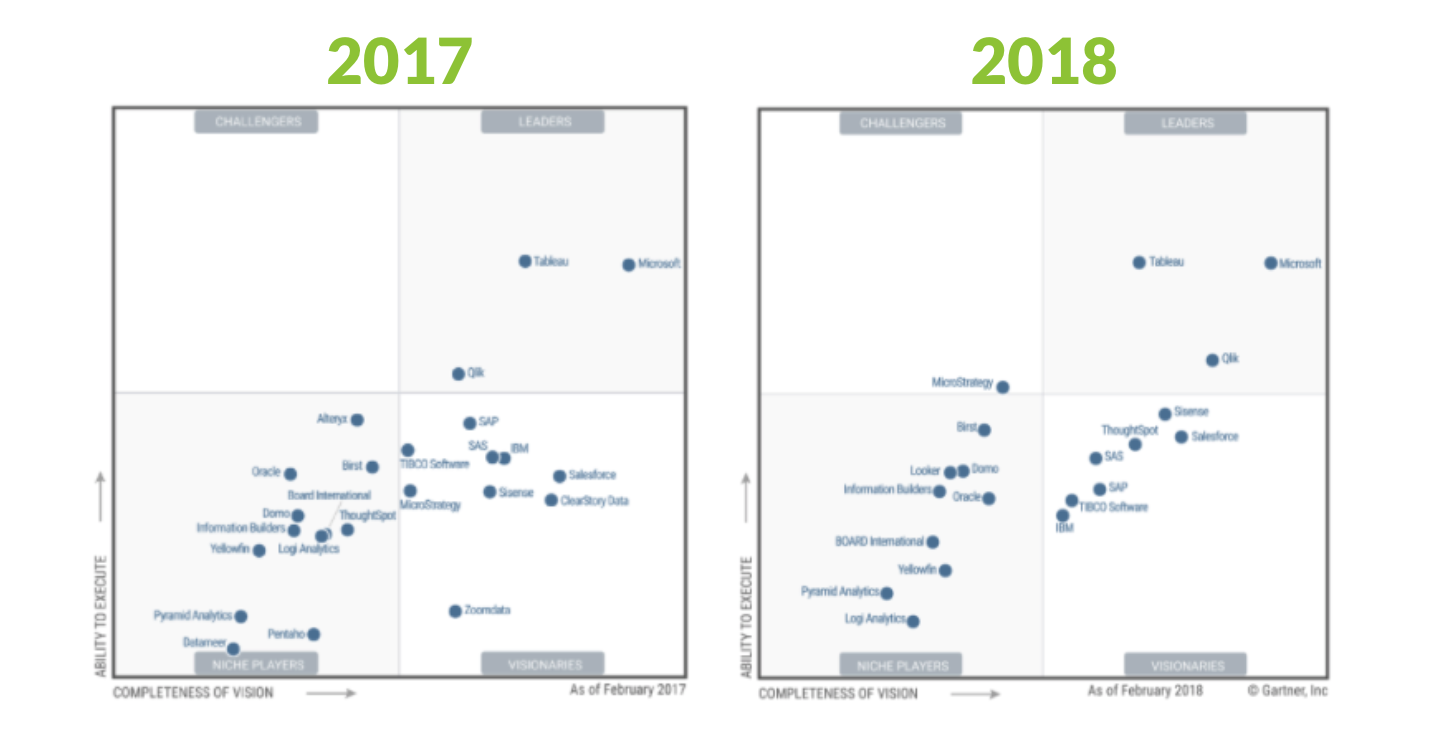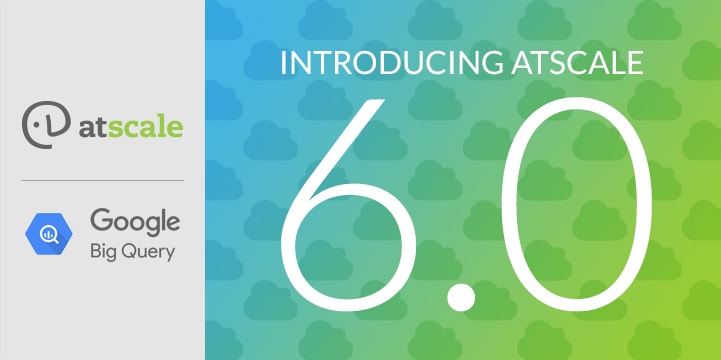In the fifteen years since Tableau was founded, it has emerged as one of the preeminent business intelligence software tools, to the extent that only Microsoft Excel is utilized by more enterprises to analyze data. Tableau’s popularity stems in many ways from its versatility. The tool allows users to combine data from different sources to produce reports that are in turn utilized to answer critical business questions. Tableau’s use cases span most industries, as well as most departments within a company. For example, a retail organization might have multiple teams employing Tableau to look at both sales data and core financial metrics, while a manufacturing firm might use the software to look at support and inventory data.
3 Ways an Intelligent Data Fabric Improves Tableau Performance on an Enterprise Data Warehouse
Topics: Tableau, cloud transformation
Through the Eyes of a BI Author: Why Tableau and AtScale make a great solution together
If you are like me, a Tableau fan, you’ve probably used Tableau for many years, attended numerous Tableau Conferences, and cheered with great enthusiasm when the engineers at Tableau demonstrated the latest and greatest enhancements to the software. You may also be very accustomed to creating your own calculations based on the row level data you are connected to. You enjoy the freedoms that Tableau offers.
Topics: Tableau, bi-on-hadoop, Analytics, BI on Big Data, best practices
Gartner Magic Quadrant for Analytics and Business Intelligence Platforms 2018: What's New?!
Yesterday, Gartner published the 2018 Magic Quadrant for Business Intelligence. The MQ research for BI has been in existence for close to a decade. It is THE document of reference for buyers of Business Intelligence technology.
At face value, not much seems to have changed...BUT, if you take a closer look, you'll notice that some of the biggest changes in the history of the Magic Quadrant just occurred....
Topics: Tableau, Gartner, Business Intelligence, GartnerBI, BI on Big Data, Microsoft, Amazon, microstrategy, google
TECH TALK: AtScale 6.0 brings Universal Semantic Layer Benefits to Google Cloud
Is it October already?
It’s hard to believe that October is here. It feels like only a few days ago that we released AtScale 5.0 and AtScale 5.5. Both releases contained a number of great new features that I was excited to share with the Big Data and Business Intelligence communities. Although I may be a little biased, I really do believe that the release of AtScale 6.0 marks one of the biggest releases in the history of the company.
Topics: Hadoop, Tableau, bi-on-hadoop, Analytics, BI on Big Data, Google BigQuery, BigQuery, 6.0
Every once in awhile, our team gets questions about the validity of Hadoop. Why it exists, why people should consider using it, etc. In the below video, I provide a few examples of cases across common industries like financial services or retail that provide a clear answer to this question.
As usual, the video lasts less than 2 minutes so don't expect to have to sit through long, esoteric explanations. We get to the point and very quickly at AtScale!
Topics: Hadoop, Tableau, Business Intelligence
If your team has been trying to connect your Business Intelligence (BI) tools to your Hadoop environment, you're familiar with the typical issues: performance, security and the inability to model the data in a way that business users like to consume it.
Topics: Hadoop, Tableau, Business Intelligence






